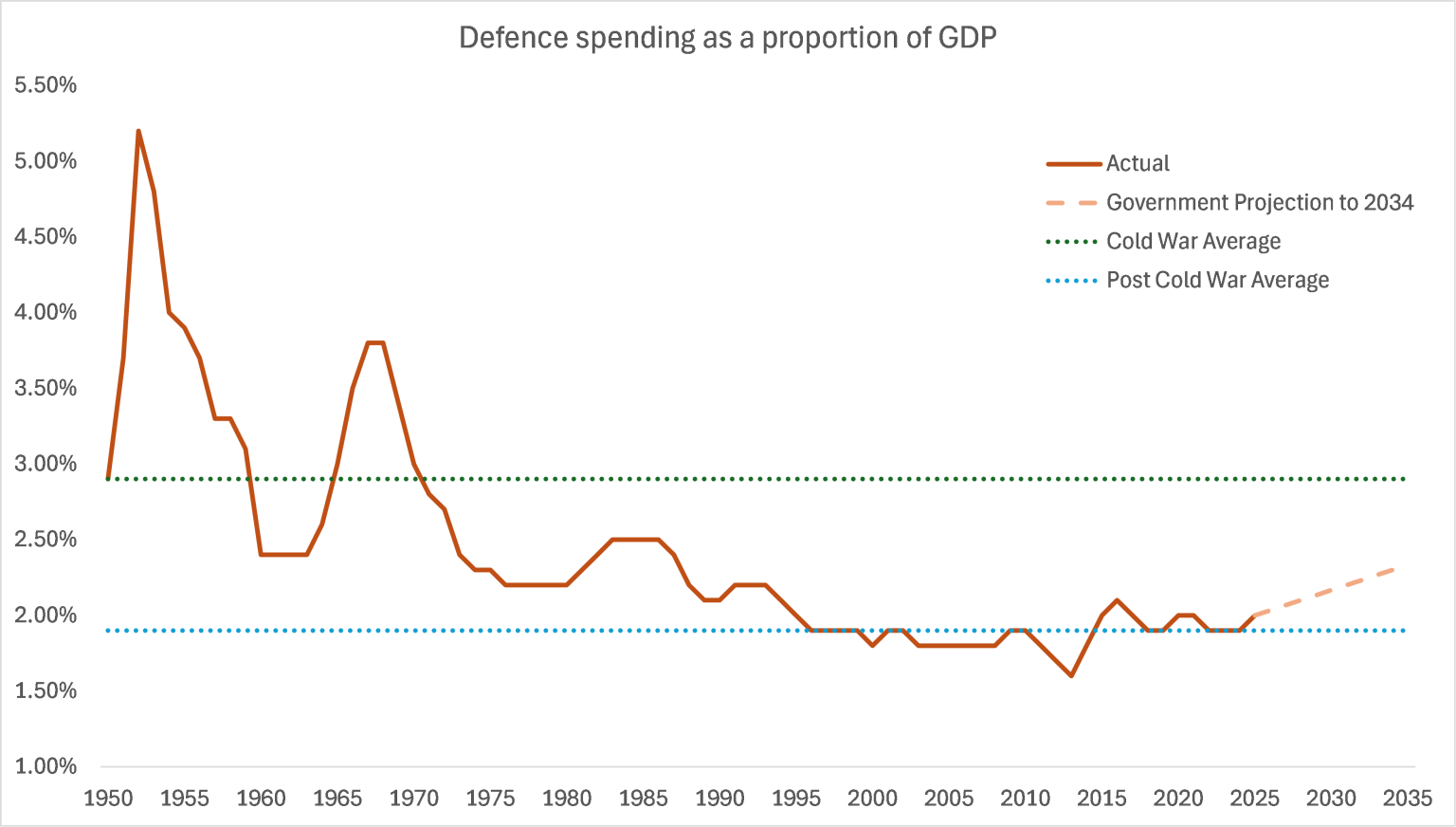Lifting Australian defence spending is a policy no-brainer.
Our security environment is rapidly deteriorating as China turns to bellicose assertion of its interests via a large blue-water navy.
Ignoring the recent missile drills by a Chinese nuclear-capable flotilla minutes off Sydney is ridiculous. We need a credible threat to respond to such activity, or every time China wants something (such as a kowtowing tour of Beijing, or a Pilbara labour camp for the divergent), we will have to grant it.
Such is the nature of gunboat diplomacy.
Second, the best way to mollify the Trump administration is to raise defence spending. Bloomberg.
If countries want lower tariffs, they have to meet President Donald Trump’s defense demands.
Last week, the White House cut deals with Indonesia, the Philippines and Japan, granting them lower rates than Trump’s threatened tariffs. In exchange, they have had to sign up to vaguely worded commitments on defense and national security.
Third, if you don’t do it, he’ll take his pound of flesh anyway. The Australian.
US President Donald Trump has threatened to raise the baseline tariff rate on all US imports to “somewhere in the 15 to 20 per cent range”, dialling up pressure on the Albanese government to avoid being hit with even higher tariffs.
Fourth, even if you are happy to sail into waters of greater foreign policy independence, a critical component of that is to boost your self-defence, lest your objective be to become a Chinese satrap.
Finally, we are one of the great bludgers of the defence world.

That’s not national interest. It’s bogan entitlement.

